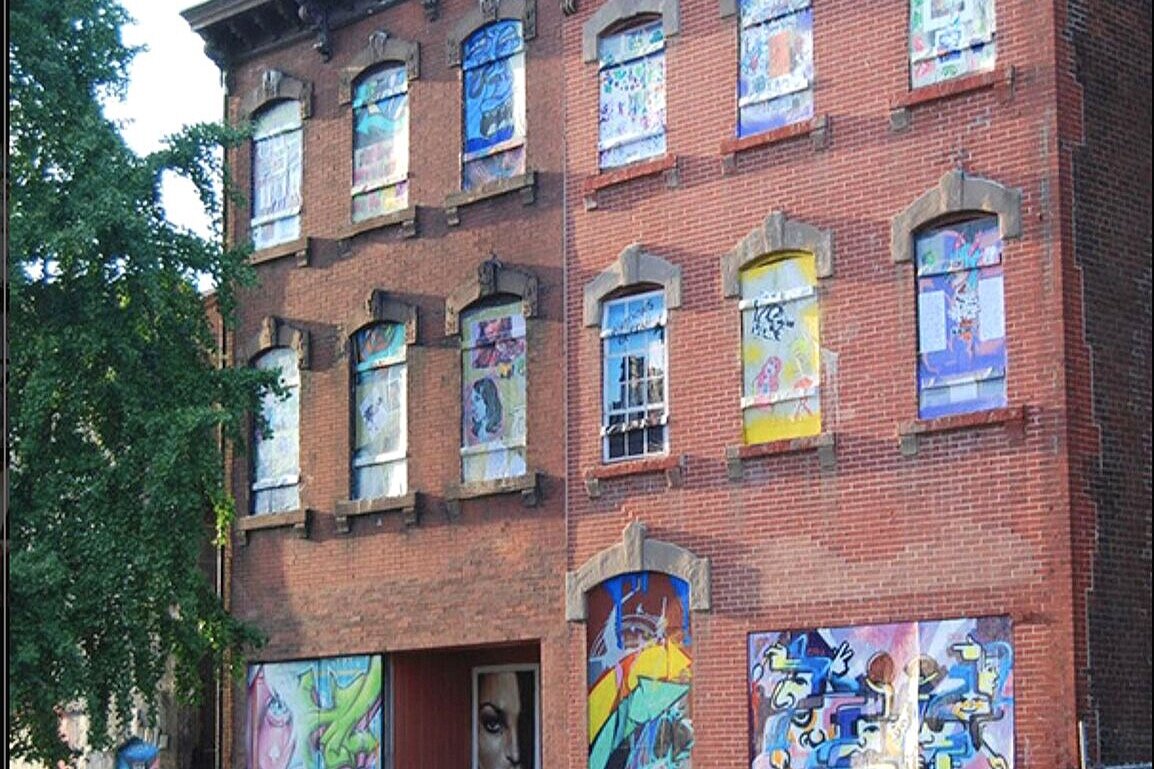

Hardship, Emotion, and Institutions
Hard Times Every Day: Emotions and Institutions in Lives of Hardship, book project in progress.
I am working on a book manuscript based on my dissertation research and subsequent fieldwork. The book will offer a deep dive into the affective landscapes experienced and constructed by people living in concentrated disadvantage. My book will analyze a) their practical and psychological strategies for coping with chronic troubles as well as acute crises; b) how various institutions, from schools through child protection to the carceral system, shape the hardship disadvantaged families contend with as well the resources and strategies they can use to cope with it; and c) how constant adversity both fuels aspirations to the ideal of a stable, self-sufficient family, and at the same time hinders the realization of that ideal. . In highlighting the contradictory injunctions and conditions facing people in poverty as they work to sustain themselves materially and emotionally, the book will offer a double reflection: first, on the implicit economic requirements underpinning the dominant ideal of family life in the United Sates, and second, on the policies and institutional practices that can sustain or unravel family life.
This work was made possible through what I call intimate ethnography, a deep ethnographic partnership with one extended family network. This approach is not as rare as social scientists sometimes think. (For example, anthropologist Joao Biehl and sociologistTim Black are among my inspirations.) I am happy to visit seminars on the ethnographic method to discuss the benefits and challenges of this intimate, long-term approach.
“The Intimate Costs of Hardship: Support and Ambivalence among the Truly Disadvantaged,” working paper
This article explores the management of material and emotional hardship in the intimate lives of dispossessed people, based on more than three years of participant observation in a network of low-income people of color who related to each other as friends, lovers, co-parents, and family of blood or choice. There, I find that the travails of chronic scarcity, in the absence of a strong institutional safety net, work both as pulls into intense relationships (where people have high hopes for the material and affective security to be found in family’s and friends’ loyalty), as strains on these relationships (when people themselves in distress predictably fail to meet each other’s pressing needs), and sometimes as traps that bring people back together under the pressure of necessity. This results in relationships marked by deep ambivalence, which sometimes culminates in violence. My concept of intimate ambivalence provides a more accurate and textured picture of poor people of color’s personal relationships than has previously been offered, and in particular a way to integrate rival conceptualizations of social life in the inner city (as either fundamentally supportive or deeply uncooperative) that were previously considered irreconcilable.
Manuscript available upon request.

The Social Management of Grief
"How Institutions Feel: Funeral Directors and the Social Ordering of Grief"
This article draws on over a year of fieldwork at a funeral home to examine the processes by which institutional actors pattern key moments in others’ emotional lives – moments as highly intimate and personal as those of death and loss. By employing standardized scripts, ritual divisions of space, and physical props, funeral directors influenced the rhythm, tone, and distribution of their clients’ emotional experience in the wake of death. Out of diverse situations of bereavement, funeral directors created a surprisingly reliable process, characterized by moments of high and low emotional intensity, almost universally colored by the bittersweet idealization of the deceased's familial bond, and effective in channeling ritual sympathy to those mourners who could claim to be the deceased’s immediate family. Thus, the case of funeral direction illustrates the role of institutional authority not only in defining emotional ideals, but also in actively setting the tone and tempo of our emotional lives. I argue that the institutional shaping of emotion is an ubiquitous process and should be further studied in empirical settings as varied as schools, hospitals, police stations, or the therapist's office. What we take for granted as the proper way of feeling and expressing emotion is actually maintained and enforced through institutional routines and conventions, whether or not the actors doing the maintenance are fully aware of it.
Manuscript available upon request.

Other Writing
“Convergence des Luttes: Le Quart-Monde est Multiple mais Uni,” pp. 466-468 in B. Tardieu and J. Tonglet (eds.), Ce que la misère nous donne à repenser, avec Joseph Wresinski, Editions Hermann, 2018. Full text (in French)
A short piece in which I argue for an intersectional approach to the fight against poverty. I wrote it as part of the 2017 colloquium “Rethinking our World from the Perspective of Poverty” organized by the antipoverty organization All Together in Dignity - Fourth World Movement.
“Prioritarisme” (with Johann Frick), pp. 1349-1358 in P. Savidan (ed.), Dictionnaire des inégalités et de la justice sociale, Presses Universitaires de France, 2018. Full text (in French)
An encyclopedia entry co-authored with philosopher Johann Frick. Prioritarianism is a theory of distributive justice according to which what matters in the distribution of a benefit is not equality per se, but rather priority to the badly off. We review the tenets of prioritarianism, describe its main objection to egalitarianism, and propose that a modified version of egalitarianism can incorporate a notion of priority while maintaining an intrinsic concern with equality.